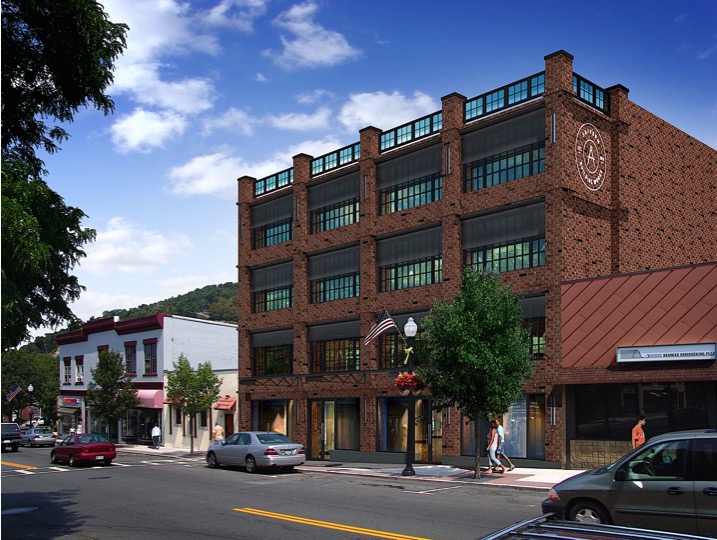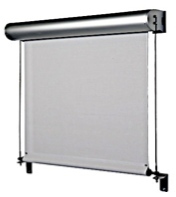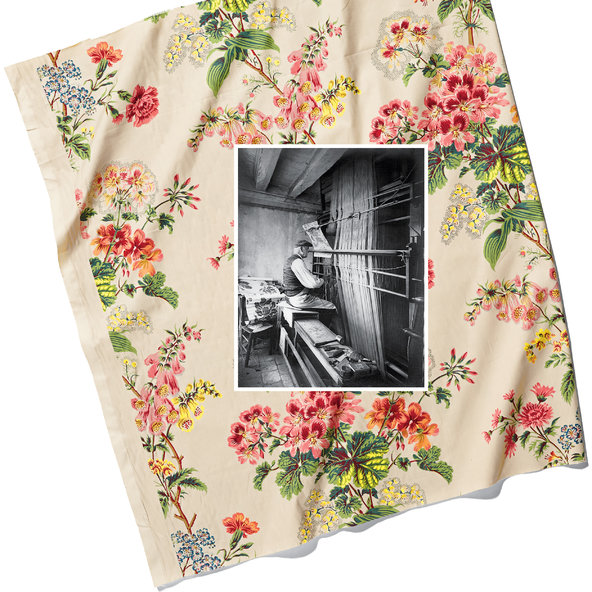Exterior Solar Shades for Aufgang Architects
In the spring of 2014, I received a phone call from an Architect inquiring about exterior shades for his new building. He explained that he was planning a sustainable corporate headquarters for his firm Aufgang Architects where his intention was to install the latest technologies such as a geo-thermal heating system. He thought exterior shades would be a great complement to his wish list of sustainable solutions.
As we continued to talk on the phone, he told me the building’s location and to both of our surprises it was only 15 minutes away. Without hesitation, I jumped into my car and was sitting in his office moments later.
I met Ariel Aufgang that day and was impressed with his busy architectural firm. While in his office, Ari showed me the rendering of the brick façade building with black mullion windows. He explained that he wanted to provide solar heat gain protection to the southern street facing façade. Not only was he concerned for reducing the amount of solar energy entering the space he was also worried about the need for glare control due to the generous daylighting.
Building Rendering
I immediately knew the ideal solution to address Ari’s specific needs as well as how to complement the design of the building with an exterior shading solution. My recommendation was our cable-guided exterior shade from Model System Italia the FM41. This is a simple motorized gravity assist shade with a 6” round aluminum enclosure with 6mm side cables and a Serge Ferrari fabric the Soltis 86 Exterior Shade Fabric.
Exterior Solar Shades for Aufgang Architects Read More »




